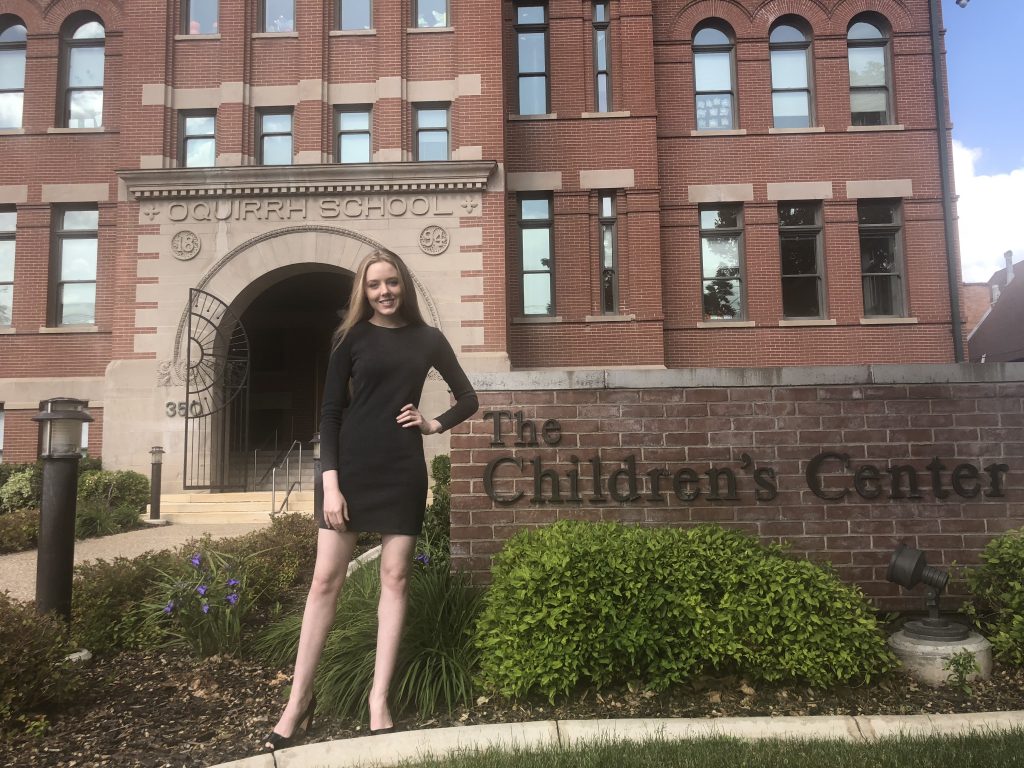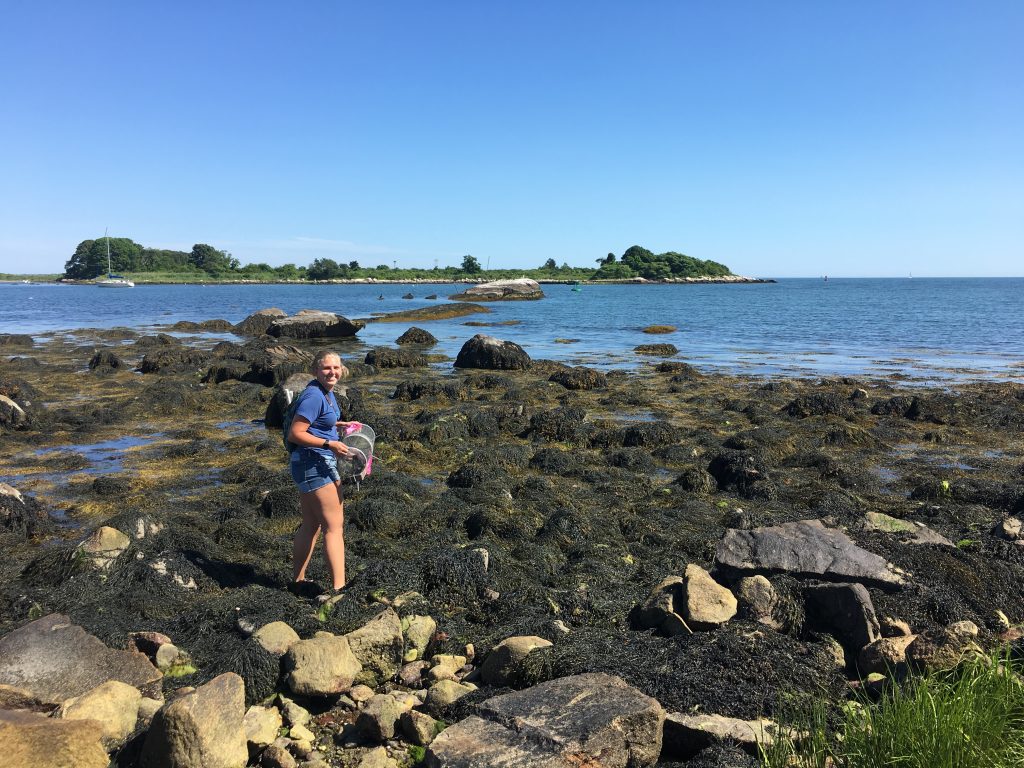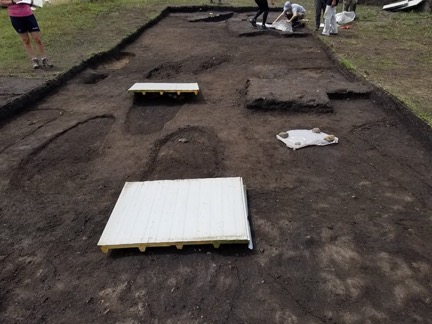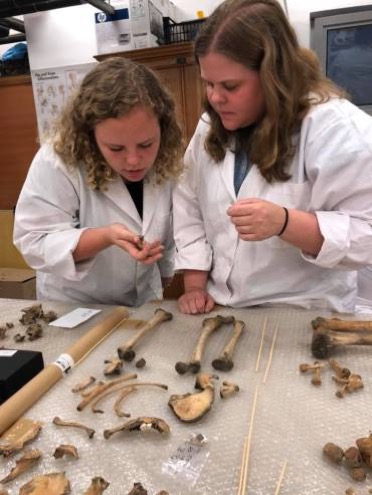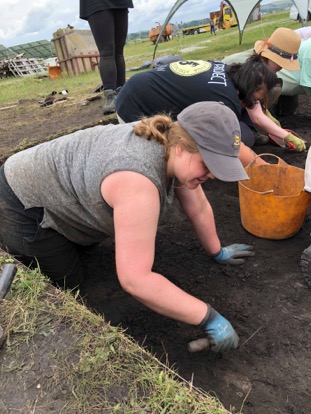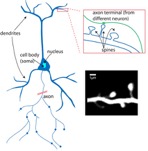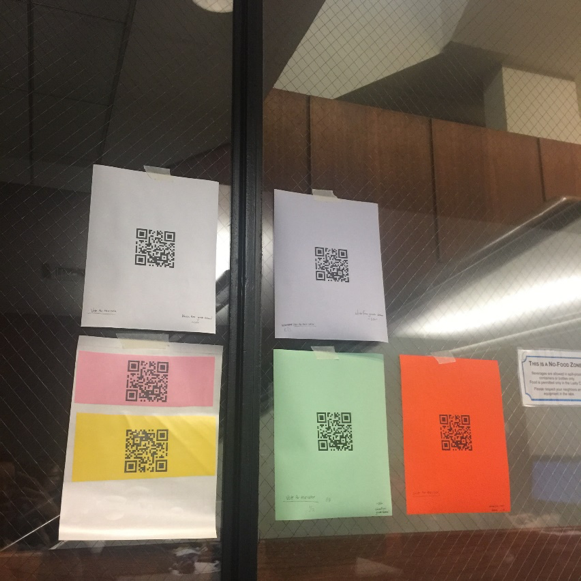I spent my summer as an intern at the Farmworker Legal Aid Clinic (FLAC) at Villanova’s Charles Widger School of Law. Overall, it has been an illuminating and enjoyable summer, and I’m extremely grateful to my supervisor and coworkers, who have shown me so much about the legal world. In the clinic, I was able to gain first-hand experience of community lawyering, work with clients, and learn more about the politics of immigration law.
I was drawn to a legal internship in immigration because it satisfied an interest in social justice and gave me the opportunity to explore a possible career in the law. To fulfill the requirements of my Political Science major, I took a class on race and law during the spring semester of my sophomore year. In that class, I was able to understand how contemporary narratives that criminalize immigrants are continuous with a longstanding history of homegrown racism and xenophobia in the United States. Laws and public opinion are powerful and mutually reinforcing, and it was in that course that I understood how important activists and organizers are in influencing national discourses. At my internship, I understood this much more acutely, as I saw lawyers collaborating with community organizers and local organizations to defend clients and improve their practice.
Understanding the legal obstacles that undocumented immigrants face in the U.S. has sharpened my feelings about local politics and the current administration’s strengthening of Customs and Border Protection. This was a politically significant summer for the city of Philadelphia, as people mobilized and called for an end to the city’s sharing of the PARS database with Immigration Customs and Enforcement (ICE). When the news broke that the Occupy Ice protests had been successful, and Mayor Kenney announced that Philadelphia would not renew its data-sharing contract with ICE, it was a reminder of what can be achieved when people—not just those experienced in the law—stand together to protect vulnerable communities against injustice. This was achieved through the hard work of immigrant rights organizations such as Juntos, VietLead, and others who have been fighting to end the contract with PARS for years. The clinic has collaborated with some of these organizations and continues to explore the ways that it can support advocacy groups and learn from them.
Working at the clinic often challenged me to do things that I didn’t have experience or background knowledge in, and gave me many opportunities to work on my interpersonal skills in client relationships. There were many times where I observed things—interviews, oral arguments, teaching moments, for example—but there were also times where I was given responsibility to contact clients on my own time. I lack confidence in most situations when I’m talking to people I don’t know well, so this was an opportunity for personal and professional growth.
My internship experience was made special not only because of what I was able to do and observe but also because of the people I spent most of it with. My coworkers, who are law students and undergraduates like myself, are hard-working, intellectually curious, helpful, and friendly. My supervisor, Professor Caitlin Barry, is nothing short of incredible. Her commitment and knowledge shines in her work as an educator and advocate. These people have provided me with valuable guidance this past summer, and will continue to be a source of inspiration in the academic year to come and beyond.

